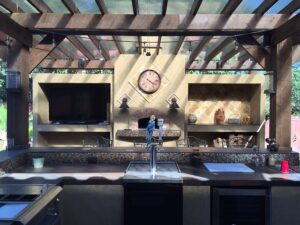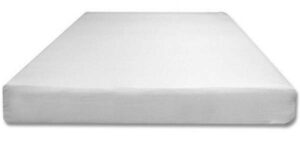No matter your stage of life, finding ways to make the most out of your home is a common goal. Whether you found your dream home early on or have decided to live out the rest of your years in your current abode, making the appropriate home upgrades will prevent you from outgrowing the space. Consider these upgrades for each stage of life to help you grow with your home throughout the years.
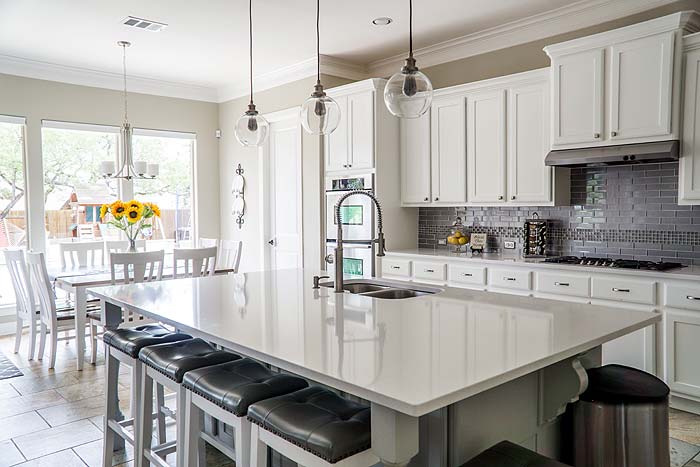
Home Upgrades for the New Homeowner
1. Go Green with Appliances
If you’re planning on making the most out of your years in your starter home, you’ll want to survey the current appliances (both major and small!) to see where you can make updates. Not only will this provide your space with a modern, sleek appearance, but opting for green appliances can benefit your household and do wonders for your long-term savings. Look for ranges, refrigerators, washers, and dryers with an EnergyStar label indicating that they are energy-efficient. Installing everyday appliances that utilize fewer resources will help cut utility costs in the long run.
2. Repaint Your Exterior
Adding a fresh coat of paint to existing siding will not only improve the appearance of your home but also provide longevity to the materials themselves. The additional layer of paint will help make the siding more durable when harsher weather comes around.
3. Upgrade Detectors
Be sure to inspect your smoke and monoxide detectors regularly to ensure they are in the best shape to protect your home. The lifespan of your detector lasts up to 10 years, but it is recommended that you inspect the lithium battery annually.
Home Upgrades for the Growing Home
1. Replace Your Water Heater
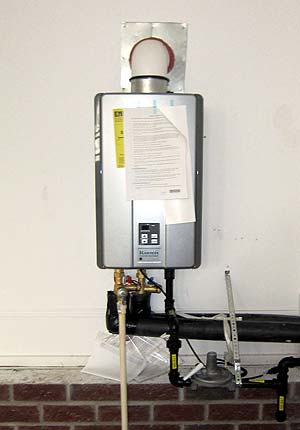
Because water heaters use a large amount of energy, here’s an idea to consider. Research local licensed plumbers to install a tankless heater. Because this kind of water heater comes without a tank, it requires less energy to provide your home with water, leading to a lower annual energy bill. They actually only heat the water when you need it. Another positive to tankless water heaters is their longevity—they can last up to 20 years or more with proper maintenance.
2. Knock Down Walls
As your household expands, consider the benefits of an open floor plan in your home. Knocking down walls that separate high traffic areas such as the living room and kitchen help to create larger, welcoming spaces. Additionally, creating the illusion of more space brings in more natural light, leading to a brighter area.
This design is especially helpful for a family that feeds a lot of mouths (whether it be in your own household or from entertaining), as it will make the kitchen area the focal point of your floor plan and make serving food far easier.
3. Add Durability to Countertops
As you bring more mouths to feed into your home, your countertops could take a beating. Steer clear of wooden countertops, which can scratch and deteriorate quickly. Marble is incredibly porous and can be stained easily. Instead, opt for a low-maintenance, high-durability material like quartz that can take on even the messiest of hands and the most rambunctious family meals.
Creating The Forever Home
1. Make Flooring More Stable
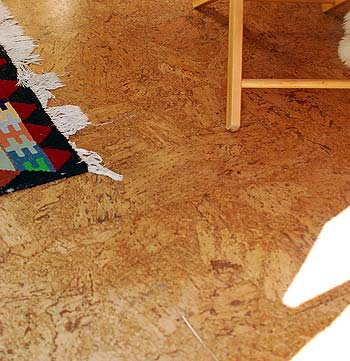
As you age within your home, you’ll want to focus on upgrades that make the space safer. Look at flooring options that are best suited for seniors. Replacing flooring like vinyl, tile, or even wood, which are likely to have less grip, with sturdier materials such as stone (with lots of texture and grout spacers work), bamboo, or cork can make a huge difference in the safety of your home.
Be wary about covering existing floors with area rugs in an attempt to minimize tripping. Although carpeting is softer on the feet, there is a heightened chance of snagging on the cushy material and falling. Or possibly catching yourself on the edge of the rug, also leading to a hazardous situation.
2. Replace Doorknobs
Aging hands can have difficulty with knobs, as arthritis-affected joints and muscles can experience problems with grasping and turning. Switch your doorknobs over to lever-type handles to increase the ease of opening and closing doors. Consider replacing other knobs throughout the home, such as on cabinet doors or drawers, with pulls to further increase accessibility.
3. Revamp Bathroom Accessibility
The bathroom is, of course, one of the most used areas in your home. Be sure to make the necessary adjustments to its design in order to comfortably continue to use the area. Consider installing a walk-in tub to eliminate the need to climb over a wall. This will minimize the risk of falling. Additional support can be provided by adding a shower chair and grab-bar for extra stability.

